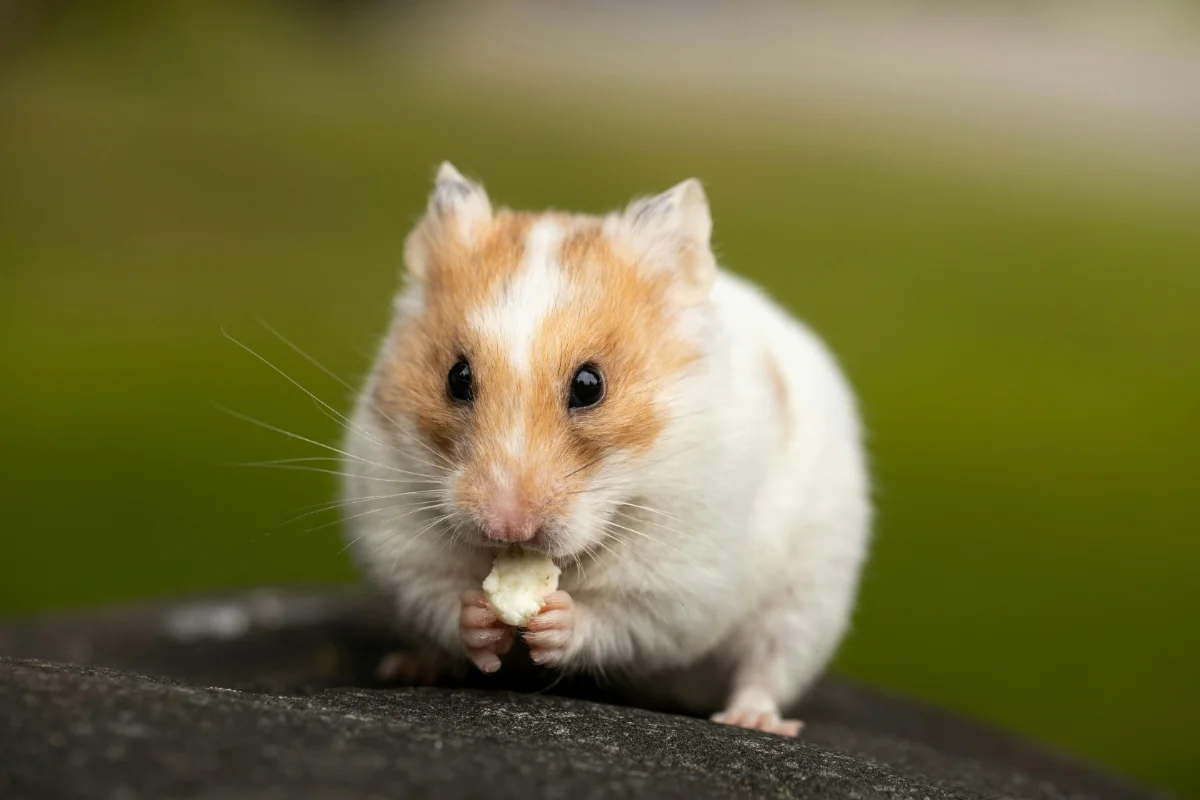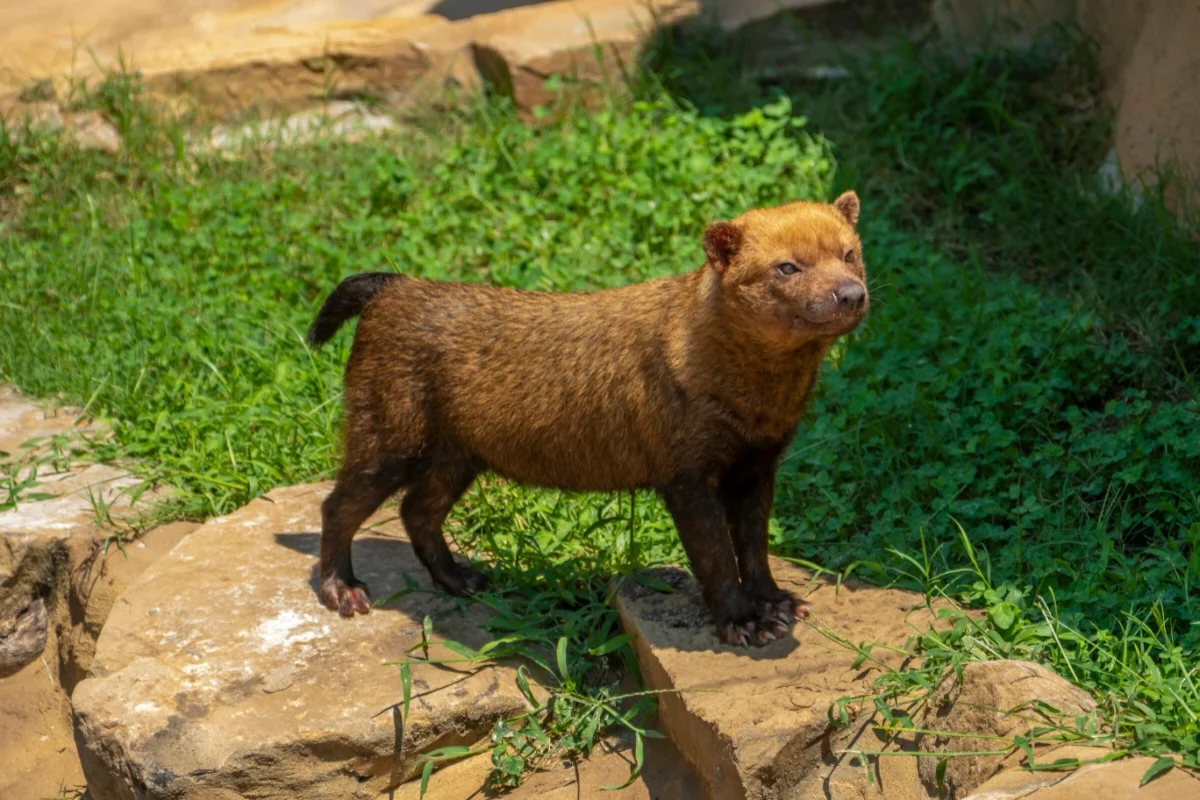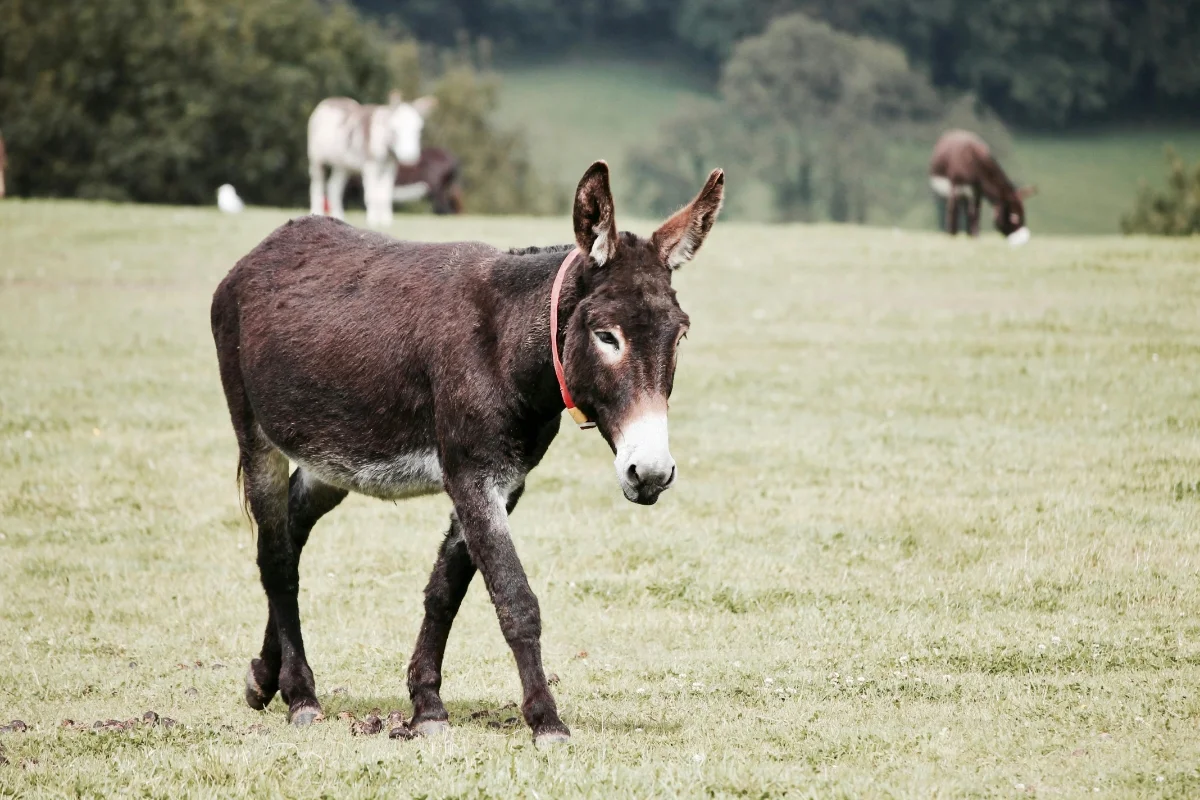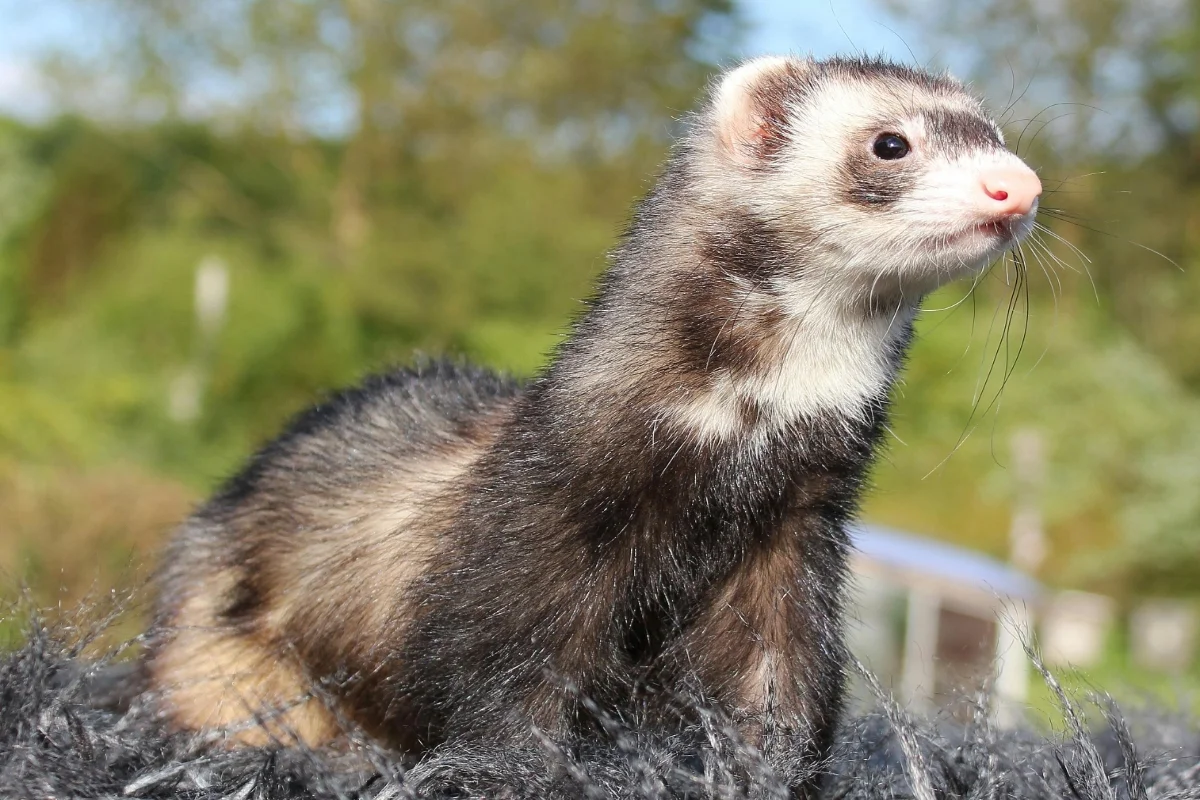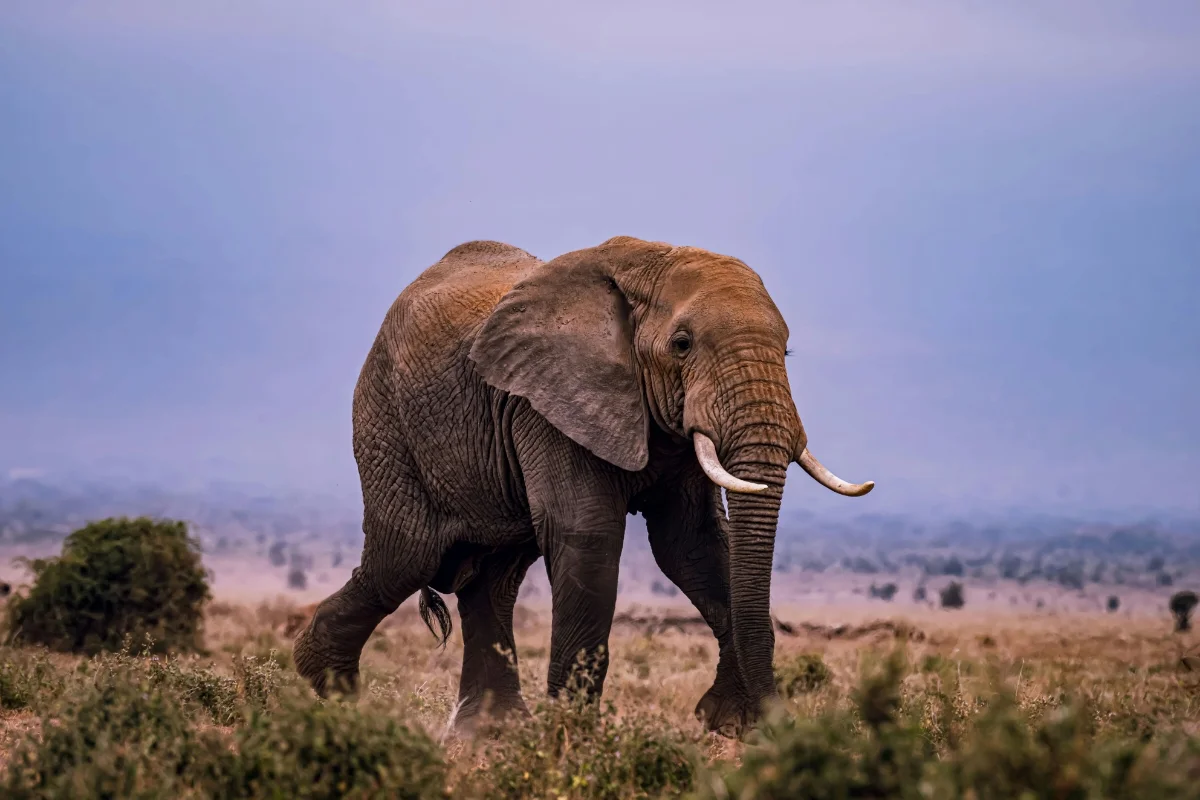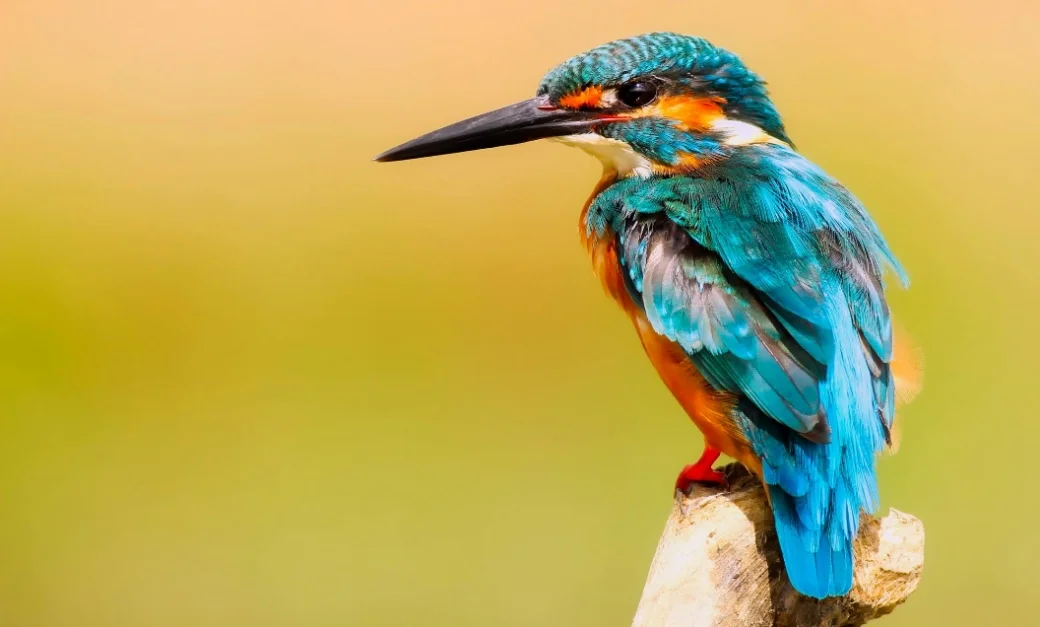Jaguar
The jaguar (Panthera onca) is a large, powerful wild cat native to the Americas. Known for its strength and agility, it is…
Life Span
12-15 years
Top speed
50 mph
Size
4.5-6 feet long
Weight
45 to 113 kg
The jaguar (Panthera onca) is a large, powerful wild cat native to the Americas. Known for its strength and agility, it is the third-largest big cat in the world, after tigers and lions. Jaguars are apex predators in their habitats, playing an important role in ecosystem balance.
Jaguar Facts Overview
| Size: | 4.5-6 feet long |
| Weight: | 45 to 113 kg |
| Top Speed: | 50 mph |
| Food: | Deer, capybara, fish, caimans |
| Color: | Yellow with black spots |
| Location: | Central & South America |
| Predators: | Few; cubs may be preyed on |
| Lifespan: | 12-15 years (wild), 20+ years (captivity) |
| Habitat: | Rainforests, grasslands |
| Gestation: | 93-112 days |
Interesting Facts
Jaguars are known for their incredible bite strength, capable of crushing skulls and shells. They often hunt by ambush, stalking their prey quietly before pouncing. Unlike most cats, jaguars are excellent swimmers and enjoy water, often hunting aquatic prey like caimans and fish in rivers and swamps.
Description
Jaguars have a robust, muscular body with a short, dense coat covered in distinctive black rosettes and spots. Their fur is typically golden-yellow, although some jaguars are melanistic (black). They have strong jaws, powerful legs, and a long, thick tail, helping them maintain balance and strength during hunts.
Characteristics
Jaguars are solitary creatures and are often most active at dawn or dusk. They have sharp retractable claws and keen eyesight, making them skilled hunters. Their jaws are the most powerful of any big cat, capable of biting through the skulls or shells of their prey. They are also excellent swimmers.
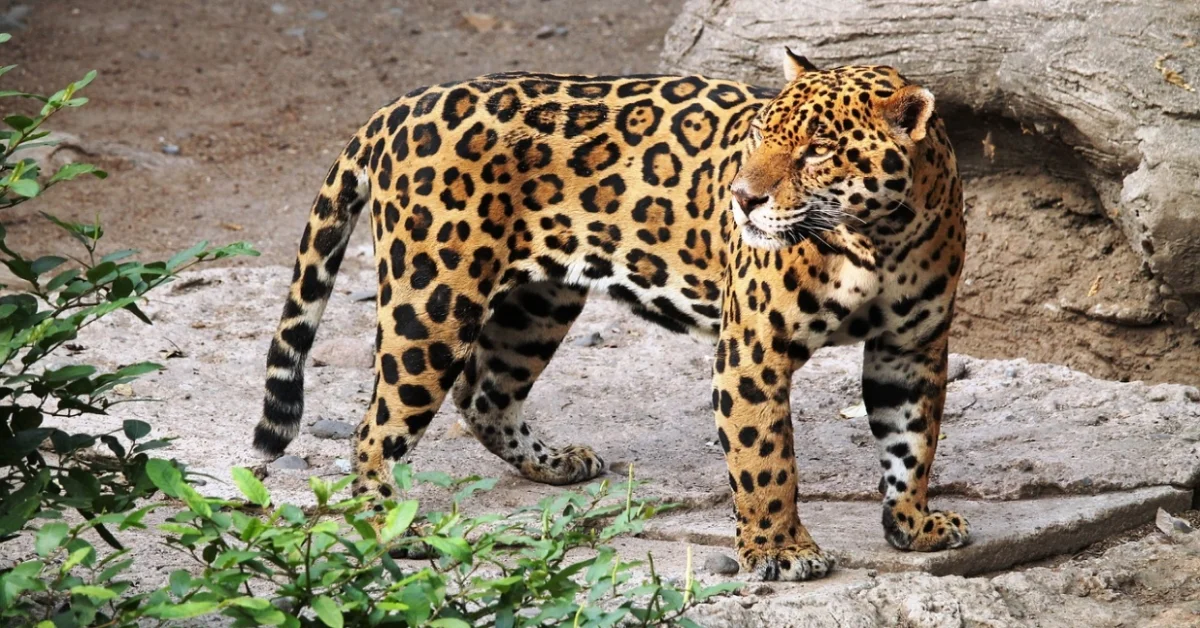
Care
In the wild, jaguars are solitary and territorial. They roam large territories, marking them with scent markings to avoid confrontation. In captivity, they require large enclosures with opportunities for physical and mental stimulation. Their diet typically includes meat, and they need access to water for hydration and hunting.
Lifespan
Jaguars in the wild usually live to around 12 to 15 years, though some may live longer if conditions are favorable. In captivity, their lifespan can extend to 20 years or more due to veterinary care, controlled diets, and lack of environmental threats like poaching or habitat loss.
Predators
Adult jaguars have few natural predators. However, cubs can fall prey to other large predators, such as pumas, and occasionally large birds like harpy eagles. Jaguars are apex predators and rarely face threats from other animals, though they must contend with human activities, such as habitat destruction and poaching.
Habitat
Jaguars are most commonly found in rainforests, but they also live in scrublands, grasslands, and dry forests. They prefer areas with dense vegetation and proximity to water sources like rivers or swamps. Their preference for such environments helps them hunt and conceal themselves from larger threats.
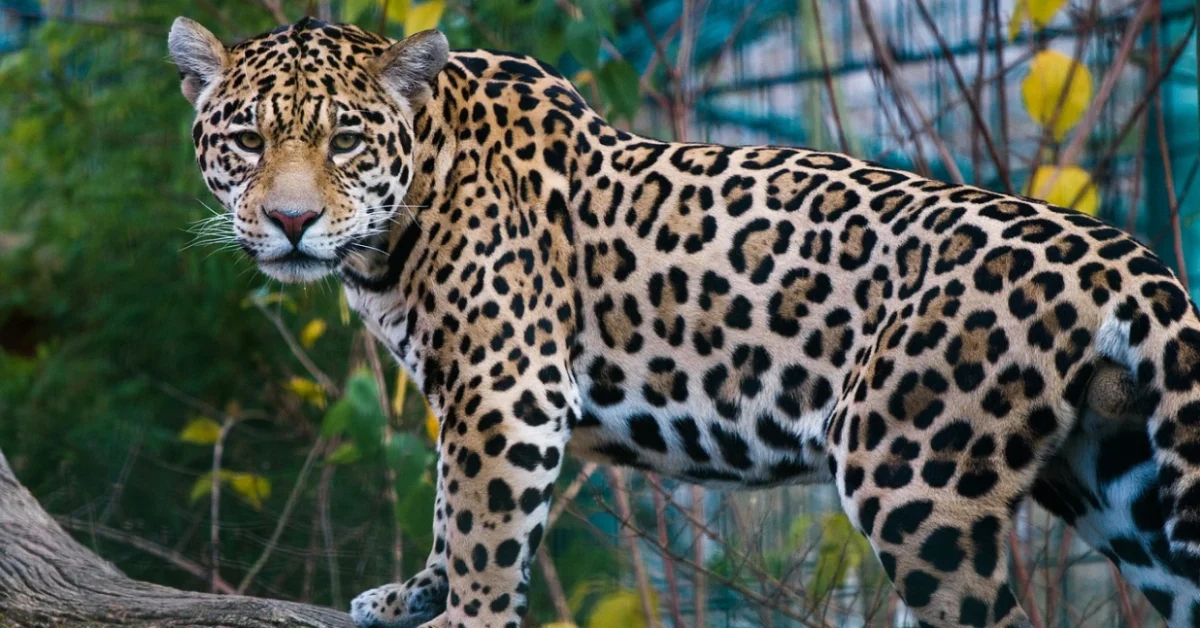
Distribution
Jaguars are distributed across Central and South America, from Mexico down to Argentina. They inhabit tropical rainforests, savannas, and wetlands. The largest populations are found in the Amazon Basin. However, their range has been shrinking due to habitat destruction, making them a vulnerable species in many areas.
Diet
Jaguars are carnivorous and have a varied diet. They primarily hunt mammals like deer, capybaras, and peccaries, but also target reptiles, including caimans and anacondas. They often hunt by ambush, using their powerful bite to pierce through skulls, and they sometimes swim to catch aquatic prey.
Behavior
Jaguars are solitary, territorial, and mainly nocturnal. They are excellent swimmers, often hunting in water. They mark their territories using scent, vocalizations, and claw marks. Jaguars hunt with stealth, stalking prey before making a powerful leap to subdue it. They are highly adaptable to different habitats.
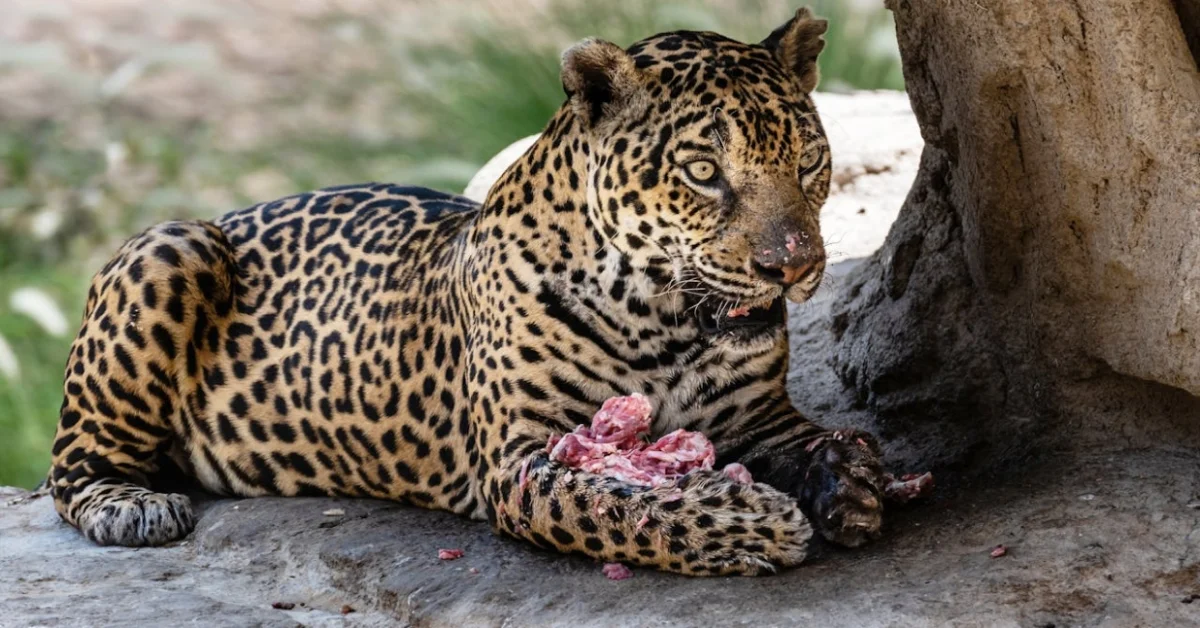
Reproduction
Jaguars typically mate year-round, with females coming into estrus for several days. After a gestation period of 93-112 days, females give birth to one to four cubs. Cubs are born blind and helpless and depend on their mothers for several months before becoming more independent and learning to hunt on their own.
Jaguar Scientific Classification
| Kingdom: | Animalia |
| Phylum: | Chordata |
| Class: | Mammalia |
| Order: | Carnivora |
| Family: | Felidae |
| Genus: | Panthera |
| Scientific Name: | Panthera onca |
Animals for You
References
1. Jaguar Wikipedia Article – https://en.wikipedia.org/wiki/Jaguar


